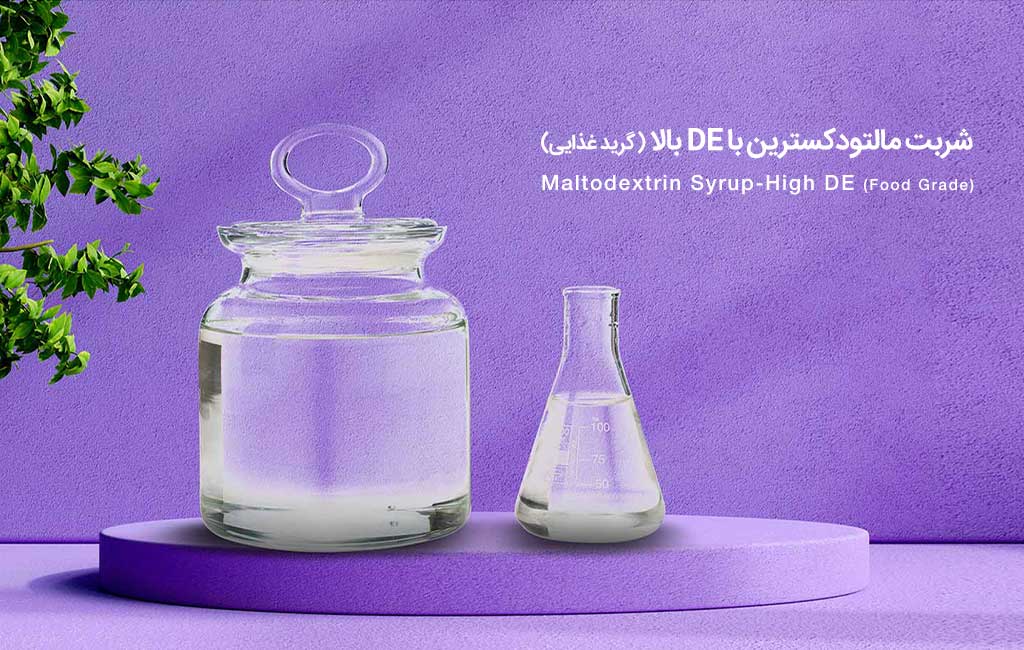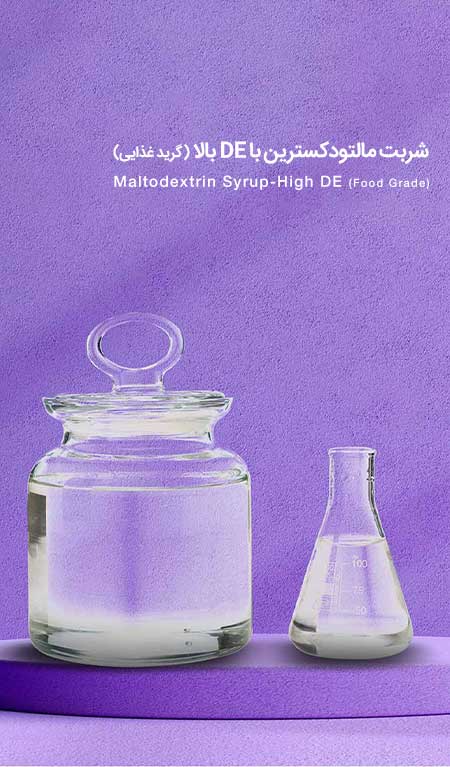Maltodextrin [(C6 H10O5) nH2O] is defined by the Food and Drug Administration (FDA) as a mixture of nutritious carbohydrates, non-sweet to slightly sweet, with different degrees of polymerization, consisting of D-glucose units connected by α(1,4) and α(1,6) glucosidic bonds and having a DE <2 are 0, they are defined. maltodextrin; It is a complex carbohydrate, although it has a relatively high glycemic index, meaning that it is quickly absorbed by the body in a similar way to dextrose, raising blood sugar levels and causing a rapid increase in energy levels and replenishing glycogen quickly after consumption. Maltodextrins are presented as white powder or concentrated solutions and are generally classified as safe additives (GRAS:Generally Recognized As Safe). The average molecular weight and degree of hydrolysis of maltodextrins change with dextrose equivalent (DE), in other words, The DE value of maltodextrin generally varies between 3 and 20 and can be grouped into three categories: low, medium and high DE value. The choice of DE value depends on the desired final product formulation. In general, a higher DE value means an increase in sweetness. , more solubility, more moisture absorption, better flavor enhancement, lower viscosity, better stability due to less tendency to retrogradation, lower molecular weight and lower amount of turbidity. In the final products, the body, mouthfeel, viscosity will be improved and more stable. Because maltodextrins are usually a mixture of various sugar molecules such as glucose to long polymer chains (linear and branched), so samples with the same dextrose equivalent but from different manufacturing companies can have different physical and functional characteristics. Maltodextrins that have different DE values , show different physicochemical properties. Maltodextrin is often combined with dextrose to optimize glycogen storage and function. Maltodextrins can also act as fat and sugar substitutes and are important in low-calorie foods. They are gluten-free, so they are ideal for use in the bakery industry and gluten-free foods.
User
Candies, fondants and dark chocolates, dairy products (including processed cheeses,
low-fat yogurts, ice cream and frozen desserts), meat products industry, bakery and confectionery industries (sweets, snacks and cakes),
Candies, color and flavor microencapsulation, non-alcoholic beverages, sports drinks, canned foods, food
baby, fruit powders, as a carrier in spice and flavoring compounds, cosmetic and health products and pharmaceutical industries,
Building materials.
Properties
- DE=18-20
- Transparency≥ 80
- Low viscosity
- BX°=50-53
Advantages
- providing nutritional value
- Freezing point control
- Osmolality setting
- Create consistency and improve texture
- Filling and bulking
- Create surface gloss
- Increased dissolved solids
- High glycemic index
- Inhibition of crystallization
- Sweetness and moisture control
- Great substitute for fat
- Gel formation and water retention
- Creating a good mouthfeel
- Dispersion and solubility aid
- Non-enzymatic browning prevention
- Coating without coating effects on flavors
- Connection to components that create flavor and fat and protection against oxygen
- As an anti-caking agent, filler (Filler-) and suitable carrier in the production of spray-dried foods
Maintenance Conditions
- It should be stored in a dry, cool, clean environment and at room temperature.
Product durability
- The recommended usage period is 1 month after production.
| maltodextrin syrup with DE 18 – 20 |
| appearance state |
Clear liquid |
| DE dextrose equivalent |
18 – 20 |
| dry matter |
At least 50 |
| PH |
4 – 6 |
| Sulphated ash (percentage) |
Maximum 0.7 |


